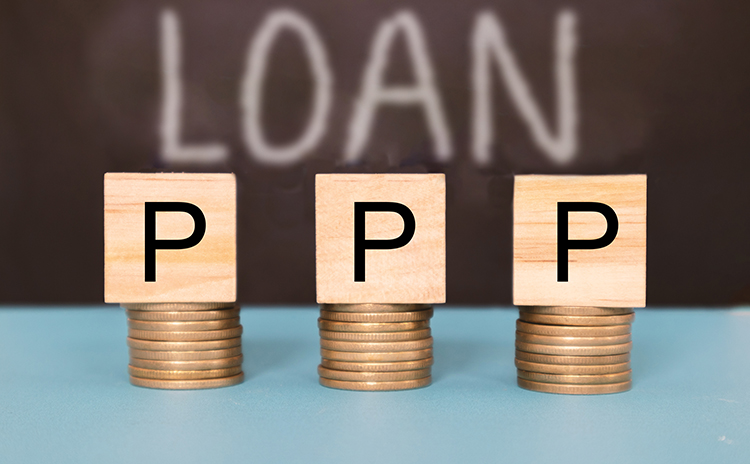
How to Account for Your Nonprofit PPP Loan
For many nonprofits, the Paycheck Protection Program (PPP) loan was much-needed relief received during the fiscal year as they tried to manage the ups and downs of the COVID-19 pandemic. The Small Business Administration offered these loans through lenders participating in the program. If the funds are spent on allowable expenditures and other requirements are met, then the loans are likely eligible for forgiveness.
While these funds were undoubtedly helpful to nonprofits, the methods to account for them often add question and confusion. Nonprofits have two methods to choose from when recording the loans: 1) debt or 2) conditional contribution.
Debt method
The debt method is the most straightforward approach. This method requires the loan to be recorded as long-term debt on the books like any other note payable or loan. The loan remains as a liability on the books until the forgiveness is granted, not just filed. Also, accrued interest must be recorded from the loan start date until payments begin. Due to the deferral period of payments (24 weeks + 10 months), the nonprofit may need to develop an amortization schedule based on the loan terms that starts payments after that period. The schedule will determine the amount of principal owed in future years to correctly classify the debt between current and long-term in the financial reports.
Once forgiveness is received, the nonprofit may relieve the loan liability account and record the revenue as grant income. If the entire loan is not forgiven, then the remaining amount will remain as a liability. A new amortization schedule will be created to identify future payments according to the loan terms.
Contribution method
Another method for recording the loan is to consider it a conditional contribution. A contribution is considered conditional if it 1) has a right of return or release and 2) has a barrier. The barrier for this loan is all the forgiveness criteria that must be met. When the nonprofit can adequately prove and support that those barriers or criteria have been met, typically by completing their forgiveness application, the nonprofit is allowed to recognize the loan amount as grant revenue.
When the loan is received, it is still set up as a liability like the debt method. However, this method allows for the revenue to be recognized before forgiveness, unlike the debt method. Please keep in mind that if the 24-week period has not yet ended at year-end, the support and calculations to confirm that the criteria have been met can be quite complicated. While the method is still allowed if the forgiveness filing has not taken place, this is not the recommended method. The calculation must be done for 24 weeks and will result in FTE reductions if done early, meaning the revenue will never equal the expenses. Also, changes to the PPP loan regulations are not necessarily complete and could change the barriers, thus changing the calculation on the financial statements.
If you have questions regarding your PPP loan recording, please contact us.